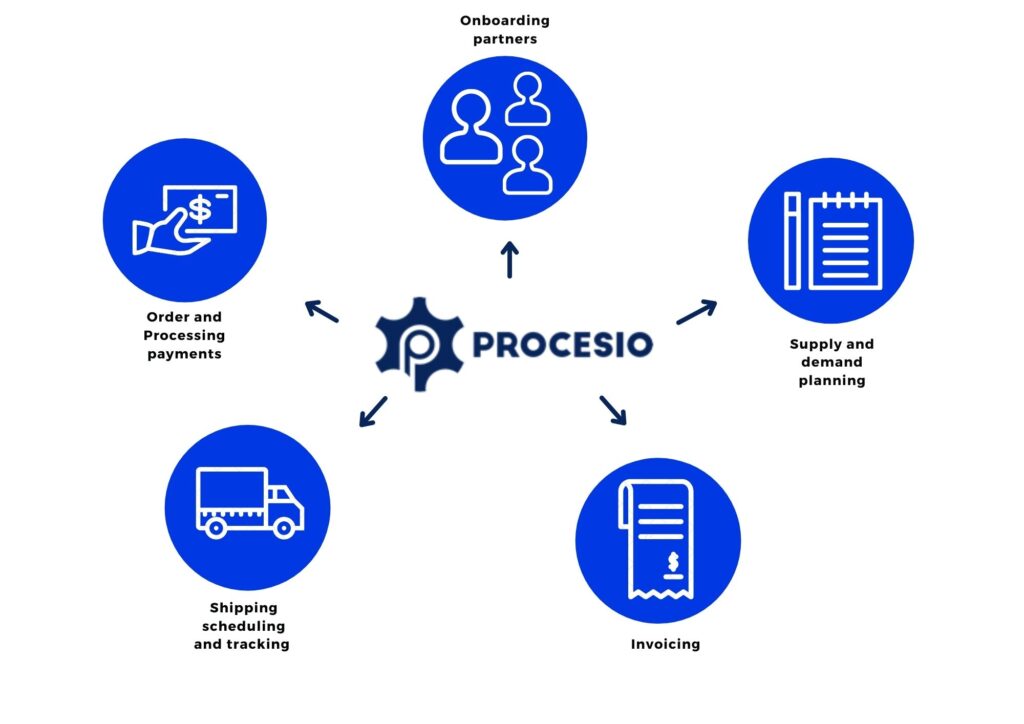This use case applies when you want to create an efficient supply chain process that involves better planning, document automation (such as delivery order, dock receipt, bill of lading) and prospecting, faster deliveries, constant tracking, or data management. It is also useful when you want to keep up with the competition and bring extra value to your customers.
Automate retainer, manual tasks
Using an automation tool and an agile methodology for less effort , more efficiency, and cost reduction is the best case scenario. You can create standardised, reusable processes to deliver automation across departments and make everything easier to track and improve.
These automated processes can eliminate manual tasks and reduce operational costs, for example when you have to eliminate thousands of emails per year through system integration. Also an automation tool can help the company to reduce time for the onboarding process and speed up the human resource integration in the company mission, vision etc.
Faster response to unpredictable situations
Using a low-code automation platform is providing a huge advantage of a fast and easy to adapt respond to last-minute changes, unpredictable situations that might affect the whole logistic process which is built-in when you connect information and data across your organisation. It improves communication between the processes and communication between the data produced.

Transparent and clear operations
The traditional supply chain approach is often facing unpredictable lead times and maybe unclear operations or lack of the transparency that you should offer as a company. A low-code/no code automation platform is able to connect all systems and create a centralised location for your employees to easily access the information that might be needed, generating complete process visibility and transparency.
One of the best benefits of using automation tools is that it provides real-time data to employees, up-to-date status updates, and allows them to make last-minute decisions with certainty that rely on important information.
Check if settlements are always followed
For any business it is important to follow the rules and regulations and avoid as much as possible any compliance from clients, employees, and other institutions involved. Automation tool based on low code/no code can help to improve massively the risk of management and the whole supply chain management.
All the partners or stakeholders involved in this ecosystem can be updated in real time and be sure that all the practices are followed while integrating compliance for effective and risk-averse operations.
The future and the present of the modern supply chain is all about speed so all the processes should be extremely well optimized.
Automation primarily is eliminating repetitive tasks that are time-consuming and involves many resources. Because supply chains are essentially built and designed on process-oriented tasks, it is very important to make these tasks as efficient as possible.
